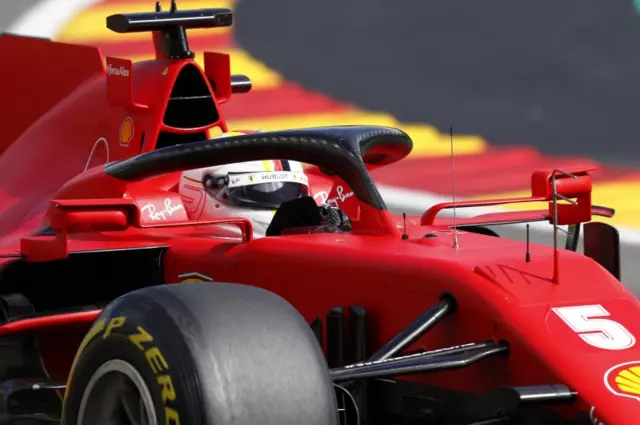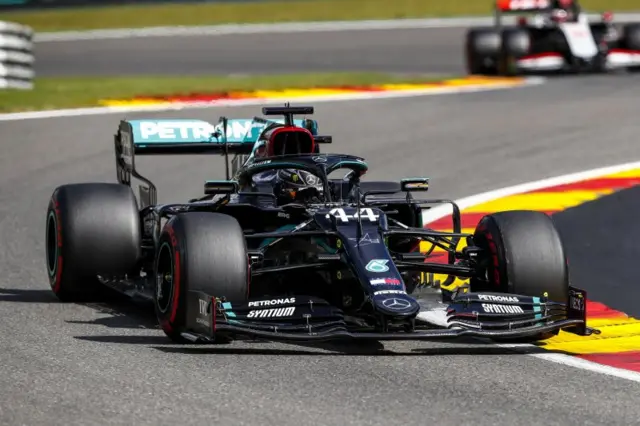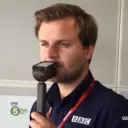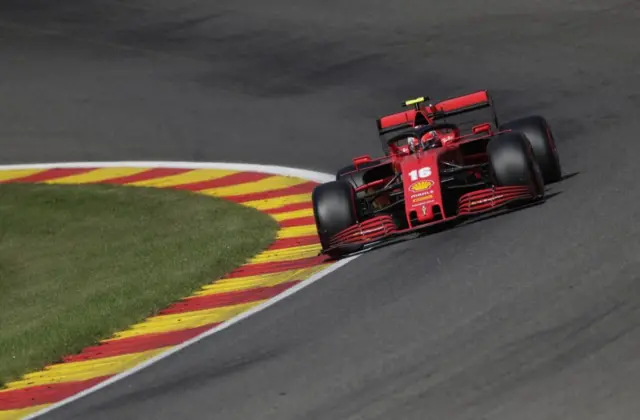Third practice reportpublished at 12:17 BST 29 August 2020
 Andrew Benson
Andrew Benson
BBC Sport’s chief F1 writer
Lewis Hamilton was fastest, but that was where normality ended in final practice at the Belgian Grand Prix.
Renault’s Esteban Ocon was second, McLaren’s Lando Norris third - and the Ferrari of Sebastian Vettel slowest of all. Vettel’s time was not an anomaly - team-mate Charles Leclerc was his normal 0.2+ seconds quicker than the German and was down in 17th.
It’s unlikely that this will be the order come qualifying, and this was a particularly odd session, with large periods of empty track, a few spots of rain, and then a massive traffic jam as drivers finally went out in the closing minutes.
Slipstreaming - and those jams on the approach to the final chicane - is likely to be a feature of qualifying, as it was at this race last year. But the biggest question heading into the first session, which starts at 1400 BST, is whether Ferrari will be able to progress beyond it.
On Friday, team boss Mattia Binotto said the team were struggling to make the tyres work. At the time, the thought was that this was because the team were experimenting with what Leclerc called an “aggressive” downforce level.
This meant low-downforce, to compensate for their lack of straight-line speed, caused largely by a loss of power since last season as a result of a number of rule clarifications over the winter. This lack of speed on the straights meant Ferrari were always expecting this race, and their home Grand Prix at Monza next weekend, to be difficult.
But this is a level of pain they have not experienced since 1980, perhaps the worst season in their history. Expect Mercedes and Max Verstappen to be at the top come qualifying. But will Ferrari really still be behind Williams and their customer teams Haas and Alfa Romeo? It seems at the same time both unbelievable and yet distinctly possible.




